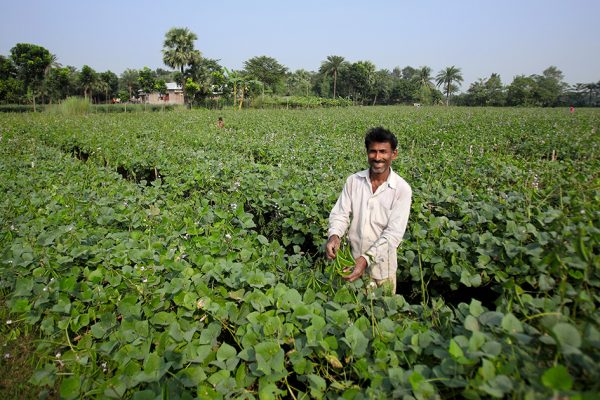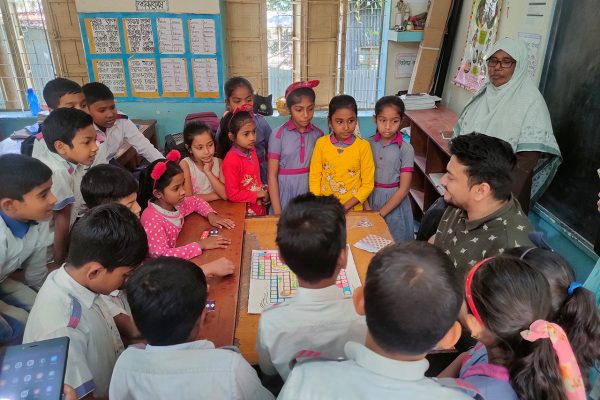BRAC Uganda’s new Youth Loans on Kiva
Reading Time: 2 minutes
Below is a post from James Allman-Gulino, a Kiva Fellow working with BRAC Uganda to upload BRAC’s new loan product for adolescent girls to the Kiva website.
Below is a post from James Allman-Gulino, a Kiva Fellow working with BRAC Uganda to upload BRAC’s new loan product for adolescent girls to the Kiva website.
Starting this coming week, BRAC Uganda will begin posting a new loan product onto the Kiva website. This new product will fund borrowers in BRAC Uganda’s Empowerment and Livelihood for Adolescents (ELA) program, and gives Kiva lenders the chance to invest in an exciting new sector within microfinance.
These new ELA loans are unique because the borrowers are actually adolescents, usually young women aged 16-21 who have dropped out of or never attended school. Many of these borrowers are too young or lack the minimal collateral needed to participate in traditional microfinance, so the ELA loans offer them a unique way to access capital and become economically productive at an early age. These “youth loans” can serve as a stepping stone that encourages the borrowers to seek more capital in the future, and to expand their businesses into larger enterprises that provide great benefit to the young women and their communities.

ELA livelihood training on hairdressing
Another important part of the ELA program is that it doesn’t simply disburse loans; just providing first-time adolescent borrowers with loan capital could be risky for obvious reasons. Instead, these loans occur in the context of a holistic program. First, all ELA borrowers are part of an ELA “club,” which is comprised of 20-40 members in villages throughout Uganda. The clubs provide a variety of services for the members, including educational materials and discussions on societal and health issues. Those members interested in obtaining loans must first participate in livelihood training, which provides the participants with skills in income-earning activities. Clubs’ livelihood trainings are preceded by market assessments which examine local villages’ economic climates and tailor training accordingly. This helps ELA borrowers’ first businesses to be successful, well-run, and likely to succeed in the local community. Finally, ELA borrowers must receive financial literacy training, which familiarizes members with concepts of profit, savings, and budgeting, helping ensure that borrowers can use loan capital responsibly.
These trainings all help to empower ELA borrowers with the knowledge they need to start successful business, despite their young age. ELA microfinance loans then serve as a sort of capstone to the program, enabling borrowers to put all their knowledge to use and create businesses that will benefit themselves and their families. These are the loans that Kiva lenders will now be able to fund! ELA borrowers on Kiva will be posted as individual loans, with a typical loan term of 40 weeks; repayments and journal updates will occur just as they do for regular loans.
Kiva and BRAC Uganda are excited to offer this new opportunity to Kiva lenders, and hope that the Kiva community will be eager to fund the new ELA youth loans. I’ve visited several ELA clubs in the field, and have been very impressed with the trainings that the borrowers receive and the professionalism which they all run their businesses with. If anyone has any questions on the new loans, please feel free to leave comments and I’ll try to respond. Look forward to the ELA loans going up on the Kiva site sometime in the next week – they’ll be posted on BRAC’s fund raising page, so keep checking on it!






